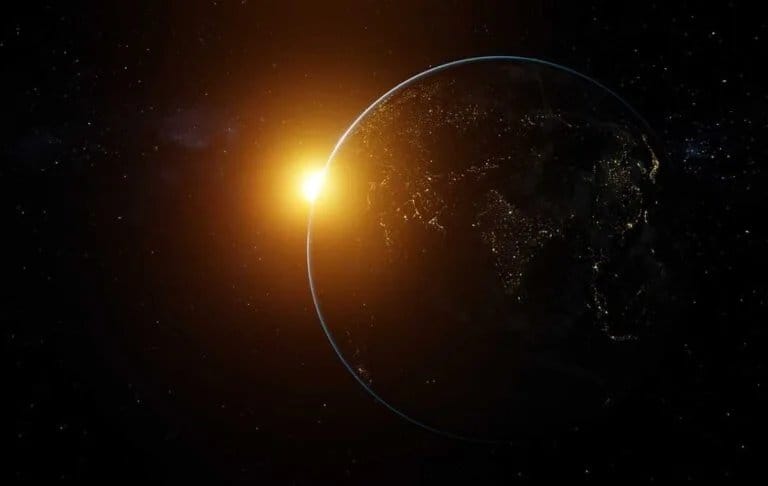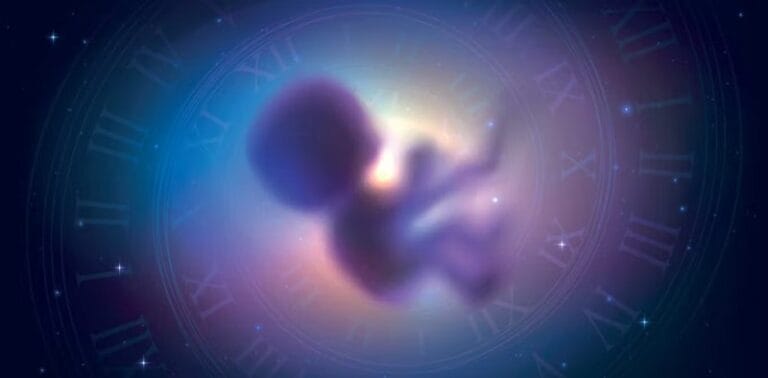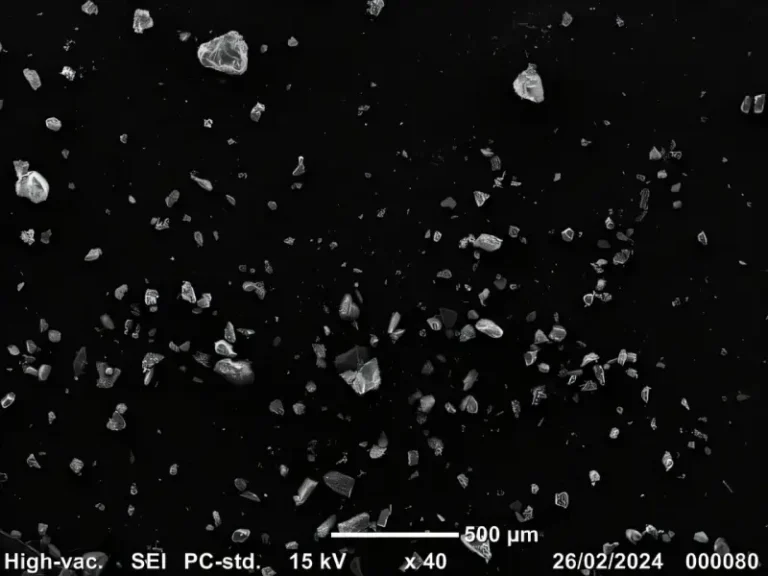Milky Way map reveals 1.5 billion cosmic jewels

Over a span of more than 13 years and accumulating over 500 terabytes of data, the most detailed infrared map of our galaxy has now been completed. This project, the largest ever undertaken by the European Southern Observatory (ESO), involved the capture of over 200,000 images using VISTA (Visible and Infrared Survey Telescope for Astronomy) located at the Paranal Observatory in Chile.
Conducting infrared astronomy from Earth presents significant challenges due to atmospheric interference; hence, telescopes are strategically placed at high altitudes with minimal humidity. The previous map, published in 2012, cataloged only one-tenth of the objects identified in this new survey. The updated map fully harnesses the potential of infrared wavelengths, enabling the research team to peer through the dust obscuring the plane of the Milky Way. Additionally, it allows for the detection of cold objects, such as brown dwarfs and rogue planets that have been ejected from their star systems.
“We made so many discoveries, we have changed the view of our galaxy forever,” Dante Minniti, an astrophysicist at Universidad Andrés Bello in Chile who led the overall project, said in a statement.
This assertion is well-founded. Since the project’s inception in 2010, more than 300 scientific articles have been published based on its observations. Central to these publications has been the data collected from the VISTA Variables in the Vía Láctea (VVV) survey, as well as its successor, the VVV eXtended (VVVX) survey. “Vía Láctea,” which translates from Latin as “Milky Way,” reflects the survey’s focus on our galaxy. The data from these surveys have provided invaluable insights into the structure and dynamics of the Milky Way, significantly advancing our understanding of its various components.

Measuring variable stars plays a pivotal role in constructing the 3D structure of this galactic map. Certain types of variable stars exhibit a well-defined correlation between the period of their brightness fluctuations and their intrinsic luminosity. From Earth, we can only observe their apparent brightness, which diminishes due to their vast distance. However, if the intrinsic luminosity is known, and we measure the apparent brightness, the distance to these stars can be calculated with precision.
This fundamental relationship, first discovered for Cepheid variables by Henrietta Swan Leavitt, is crucial for determining the distances to far-off celestial objects. Consequently, the VISTA map not only provides the positions of these objects in the sky but also reveals their relative distances from Earth, enhancing our three-dimensional understanding of the Milky Way.
“The project was a monumental effort, made possible because we were surrounded by a great team,” said Roberto Saito, an astrophysicist at the Universidade Federal de Santa Catarina in Brazil and lead author of the paper.
This wealth of information will serve as a valuable resource for research and analysis for decades to come. It will also play a critical role in supporting the proposed successor to another major galaxy-mapping mission: Gaia. Currently, there is a proposal to conduct the next iteration of Gaia using an infrared observatory. Such an extension into the infrared spectrum would allow for deeper exploration of obscured regions of the galaxy and further refine our understanding of the Milky Way’s structure and its components. This proposed advancement would build on the achievements of the VISTA survey and expand the scope of future galactic research.
The study is published in the journal Astronomy & Astrophysics.






